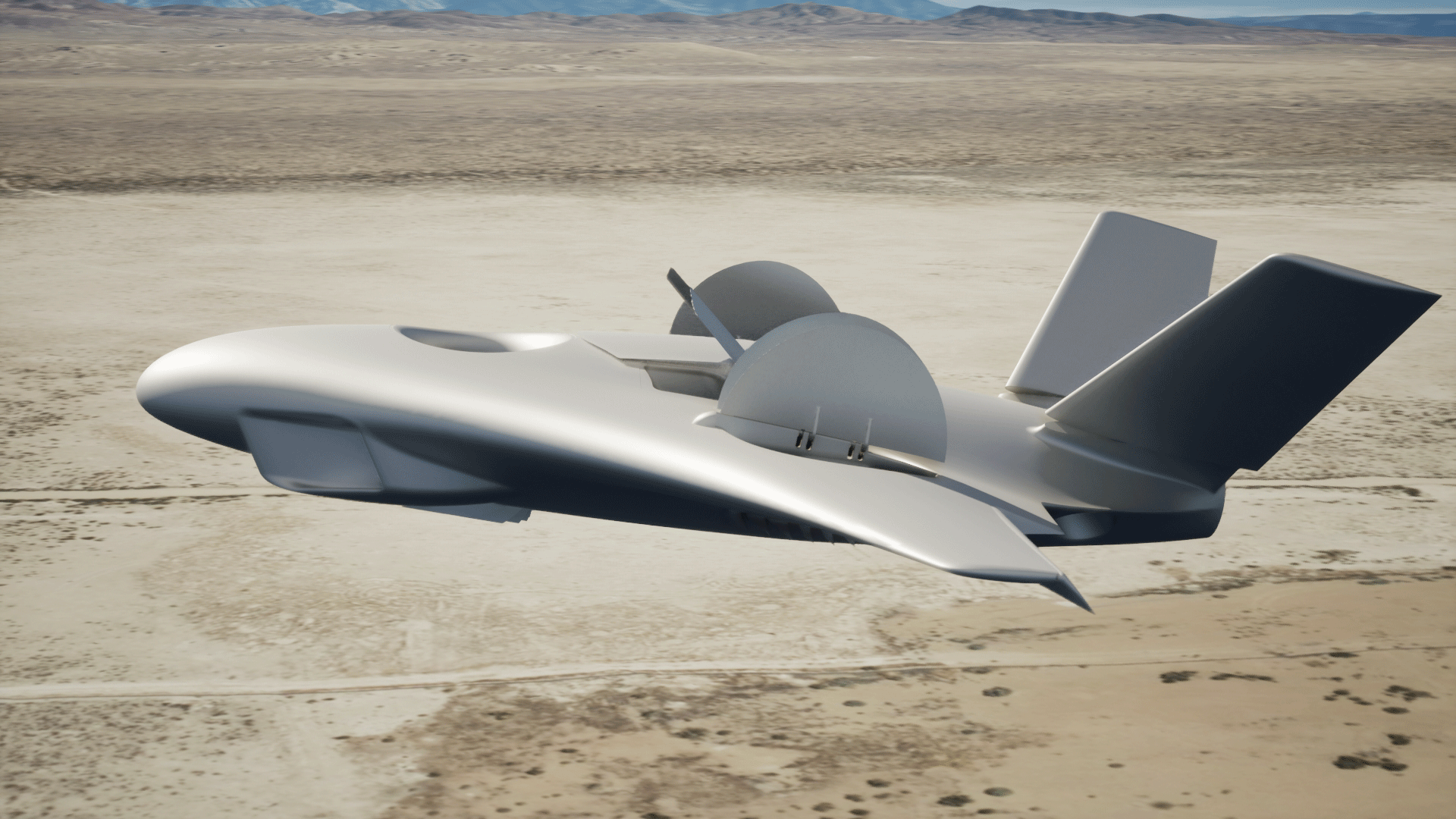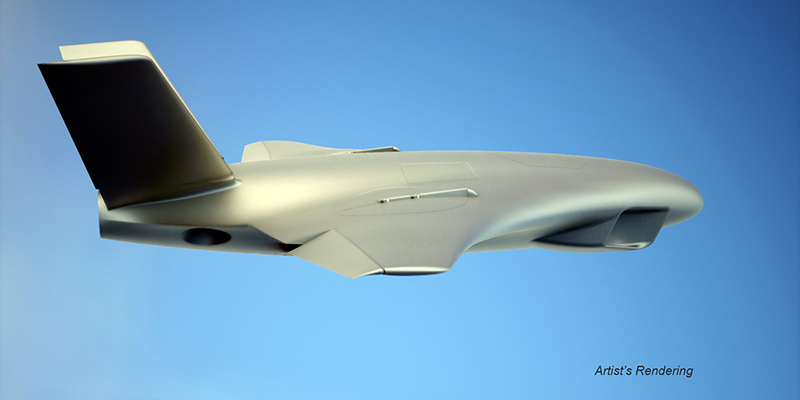An Aurora and Boeing team advances its high-speed, vertical lift concept to the preliminary design phase.
Aurora Flight Sciences, a Boeing company, recently completed conceptual design review for a game-changing, high-speed, vertical lift X-plane and has been selected to continue development of a preliminary design review. The aircraft is being developed for a Defense Advanced Research Projects Agency (DARPA) program called Speed and Runway Independent Technologies (SPRINT), which “aims to design, build, and fly an X-plane to demonstrate the key technologies and integrated concepts that enable a transformational combination of aircraft speed and runway independence.”
Aurora’s concept is a low-drag, fan-in-wing demonstrator that integrates a blended wing body platform, combining the agility of vertical take-off and landing (VTOL) with unprecedented speed. The team’s approach seeks to set the program on the path to successful flight and demonstrate game-changing capability for air mobility and Special Operations Forces (SOF) missions.
New renderings of the fan-in-wing (FIW) demonstrator reveal three lift fans, a more refined, composite exterior; and an uncrewed cockpit. The choice of three lift fans reflects the team’s strategy to simplify the demonstrator and streamline its path to flight test. The FIW technology could be scaled to four or more lift fans to meet future aircraft requirements, and it could unlock opportunities for a future family of systems. Similarly, while an uncrewed demonstrator offers benefits in testing and risk reduction, the FIW technology would be fully transferrable to traditional aircraft with crews.

Rendering of embedded lift fans with integrated covers transitioning between vertical and forward flight.
Aurora’s concept is designed to meet or exceed the challenging program objectives that DARPA set for the program. For example, the blended wing body platform is capable of 450 knot cruise speed, and the embedded lift fans with integrated covers allow a smooth transition from vertical to horizontal flight. The design also leverages existing engine solutions, shortening development risk and timelines. In addition to VTOL, the aircraft is capable of short take-off and vertical landing (STOVL), super short take-off and landing (SSTOL), and conventional take-off and landing.
“Aurora and Boeing bring relevant expertise in blended-wing-body platforms, high-speed VTOL configurations, and military aircraft development,” said Larry Wirsing, vice president of aircraft development at Aurora Flight Sciences. “The DARPA SPRINT program is an exciting opportunity to continue our history of advancing technology demonstrator programs that enable new capabilities for the U.S. military.”
Aurora and Boeing’s Vertical Lift teams are combining over 30 years of experience in novel vertical take-off and landing (VTOL) platforms with a proven technology maturation process. The team estimates completion of their preliminary design review for the SPRINT program in approximately 12 months, with the goal of first flight in 36 months.
DISTRIBUTION STATEMENT A. Approved for public release. Distribution is unlimited.
ABOUT AURORA FLIGHT SCIENCES
Aurora Flight Sciences, a Boeing Company, advances the future of flight by developing and applying innovations across aircraft configurations, autonomous systems, propulsion technologies, and manufacturing processes. With a passionate and agile team, Aurora delivers solutions to its customers’ toughest challenges while meeting high standards of safety and quality. Learn more at www.aurora.aero
# # #
Contact:
Carmen Smith, Aurora Flight Sciences, A Boeing Company
smith.carmen@aurora.aero

